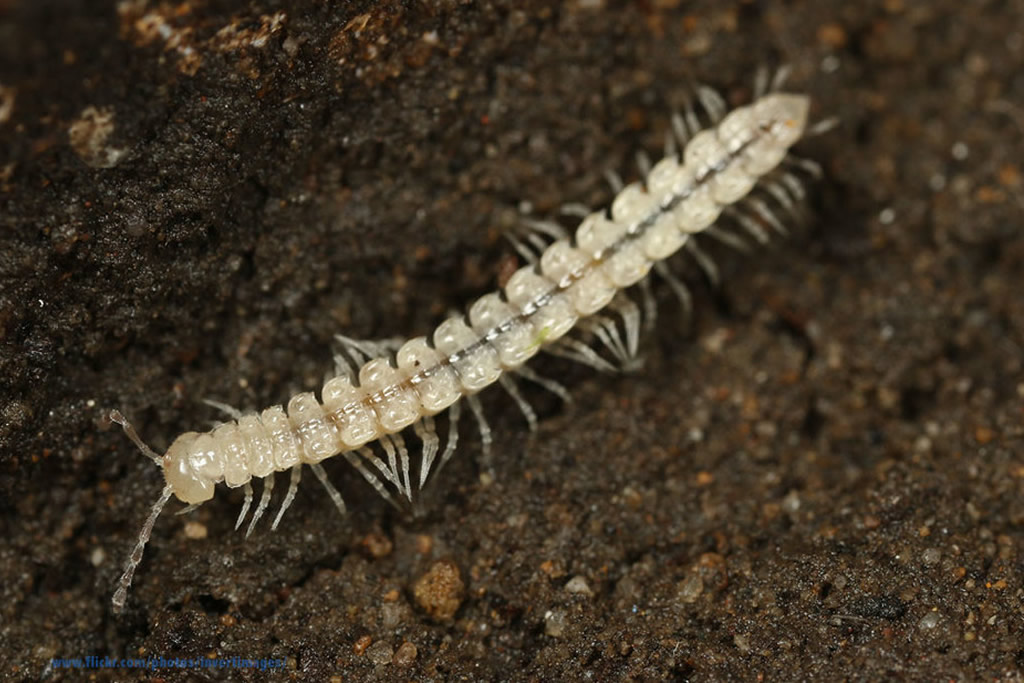Polydesmus barberii Latzel, 1889
Status:
GB IUCN status: Not applicable (non-native)
ID Difficulty
Identification
This millipede is typically pale in colour, but can be easily confused with other Polydesmus species (e.g. Polydesmus angustus) and identification is best undertaken by examination of male gonopods or female epigynal structures.
A description, with figures, is given by Bolton & Jones (1996).
Distribution
The first British record of this species was from Central Park, Plymouth in 1995. It has subsequently been recorded from other sites in and around Plymouth and in the Dartmouth area of south Devon.
In continental Europe it is found along the French and Italian Rivieras (Kime, 2001) and was presumably introduced to south Devon via the port or marina facilities in Dartmouth and Plymouth (Bolton, 1996).
Habitat
Although it was originally discovered in urban locations, P. barberii has also been collected from leaf litter in deciduous woodland and from a cave. However, there are insufficient habitat data available for reliable conclusions to be drawn from any further analysis.
Phenology
The species appears to be winter active with adults having been found in December, February and April. Immature stadia have been collected in November and December.
This species account is based on Lee (2006).
References
Bolton, D.E. 1996. Polydesmus barberii Latzel and Anthogona britannica Mauriès in Devon. Bulletin of the British Myriapod Group, 12, 23-26.
Kime, R.D. 2001. The continental distribution of British and Irish millipedes, part 2. Bulletin of the British Myriapod & Isopod Group, 17, 7-42.
Links
MilliBase - Global catalogue of Millipedes: https://millibase.org/aphia.php?p=taxdetails&id=938126






